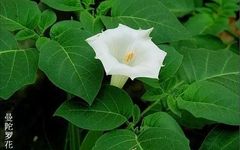
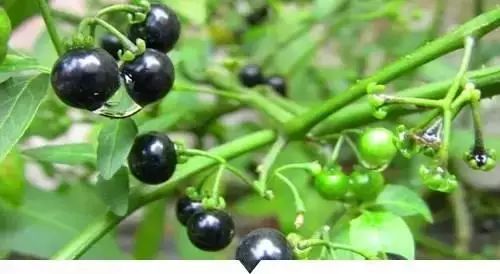
01、龙葵 (Longkui): Both the berries and leaves are edible. The berries can be eaten directly when they turn purple, having a sweet and sour taste, but the leaves contain a high amount of alkaloids and must be cooked.
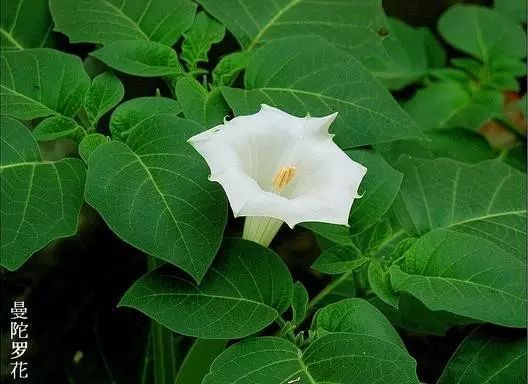
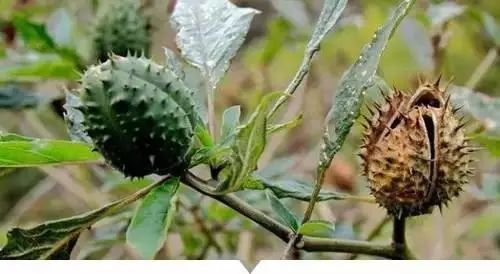
02、曼陀罗 (Mandala): Wild with all white flowers, tubular in shape. The capsule fruit grows upright and has hard spines. Commonly found in wastelands, dry areas, near homes, sunny slopes, forest edges, grasslands. Prefers warm, sunny, and well-drained sandy loam. Has medicinal or ornamental value.
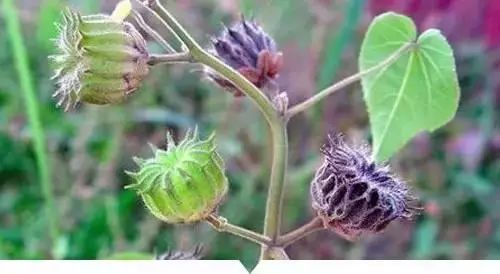
03、苘麻 (Qingma): Particularly common in fields, the seeds burst into piles, and the mature stem bark is used to make ropes and packaging materials.

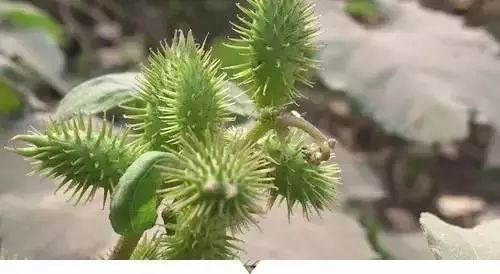
04、苍耳 (Cang’er): Has many hard spines; as a child, boys often stuck them in girls’ hair, causing tears. Perhaps you didn’t know, the whole plant is toxic (with alkaloids), especially the fruit and seeds which are highly toxic.
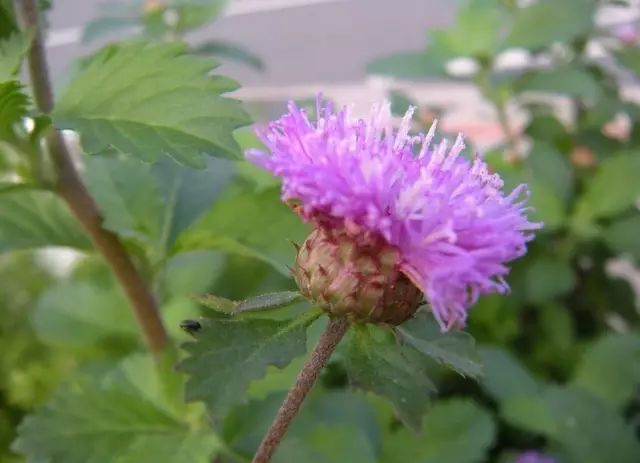
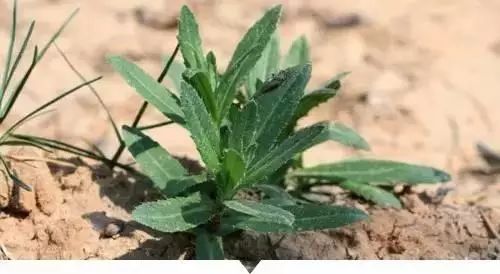
05、小蓟 (Xiaoji): Commonly known as Qiqicai in Shandong, the name Qiqi is a phonetic variation of the character for thistle. Its root and stem can be used, with the root being particularly effective. Fresh roots are crushed to extract juice and taken with hot water. If used in decoctions, do not boil for too long; it is best to preserve its freshness, boiling for about four to five minutes before drinking. If the stem has insects, it forms lumps resembling small jujubes, which have a stronger cooling blood effect. If fresh ones are crushed and taken with hot water, it is especially effective for treating blood vomiting and nosebleeds caused by heat. Use fresh, tender, and white ones from the fields.
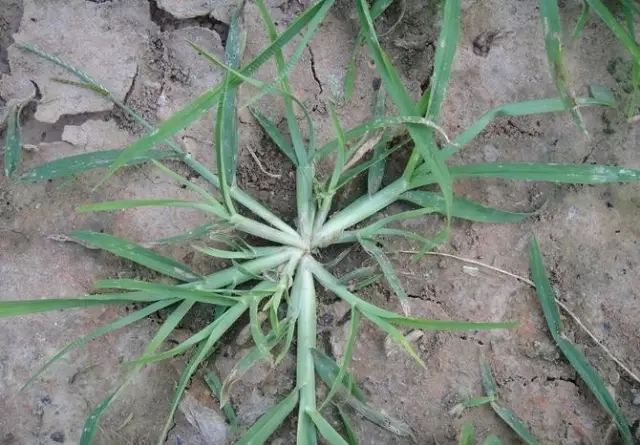
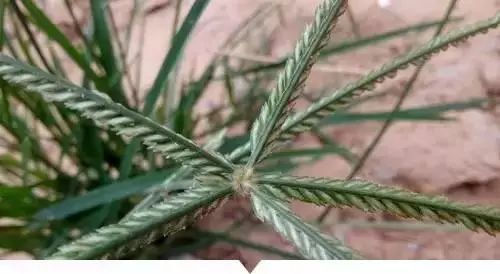
06、牛筋草 (Niujincao): Has a very developed root system, strong stems and leaves, the whole plant can be used as fodder and is also an excellent soil conservation plant. The whole herb decocted in water can prevent and treat type B encephalitis.
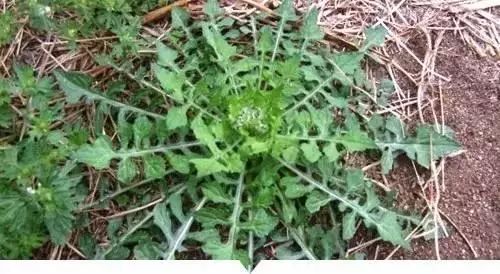
07、泥胡菜 (Nihucai): An annual herb, 30-100 cm tall. Flowering and fruiting period is from March to August. Commonly found in slopes, valleys, plains, hills, forest edges, under trees, grasslands, wastelands, fields, riverbanks, and roadsides. Also known as scissors grass, lime grass, fluff ball, bitter palm, and sticky rice grass. The flowers are very similar to those of Xiaoji and are hard to distinguish without careful observation.
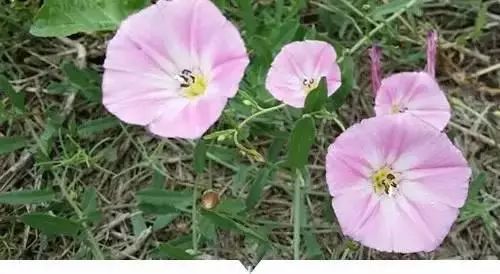
08、田旋花 (Tianxuanhua): Looks very much like a morning glory (Convolvulus), but the leaves are different; it has willow-shaped leaves, while morning glories have palmate leaves, and it is just as beloved.
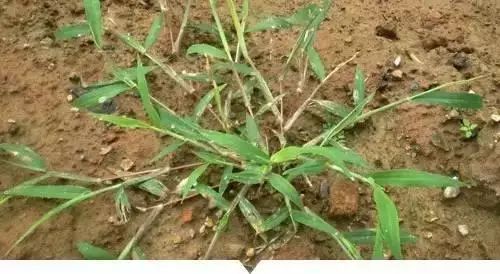
09、马唐草 (Matangcao): A weed similar to Niujincao, with roots spreading into patches, it is an annual herb that can grow up to 80 cm tall, with leaf sheaths shorter than the internodes, linear lanceolate leaves, round at the base, with thicker and slightly rough edges. The stem is erect or oblique, with the lower stem nodes rooting in the ground, spreading into patches, making it difficult to pull out.
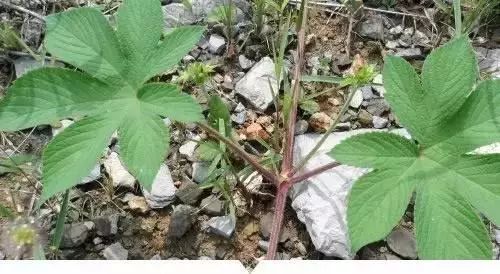

10、葎草 (Liucao): Also known as Le grass, black grass, or hemp vine, it can grow 1-5 meters tall, with separate male and female plants, usually growing in clusters. The stems and petioles have fine backward hooks that can easily cause scratches.
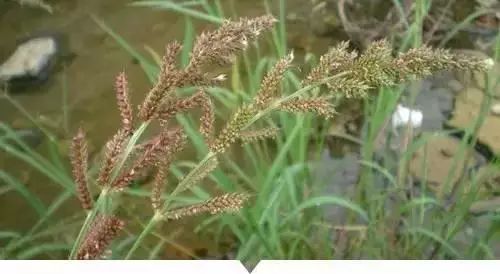
11、稗子 (Baizi): The most common wild grass, resembling rice in appearance, but with hairy and rough leaves and a lighter color. The term “bai” in the phrase “bai jia zi” (bad seed) evolved from this, as it competes with rice for nutrients. It is good fodder for horses, cattle, and sheep.
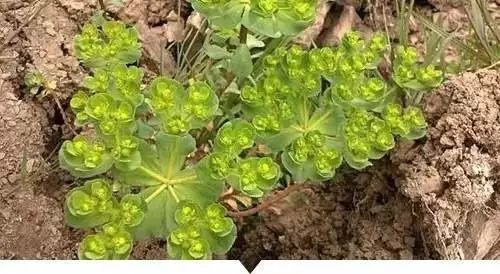
12、泽漆 (Zeqi): Also known as Wuduo Yun, cat’s eye grass, or Wufeng grass, it is quite beautiful and used medicinally as the whole herb. Collected in spring and summer, dried for medicinal use.
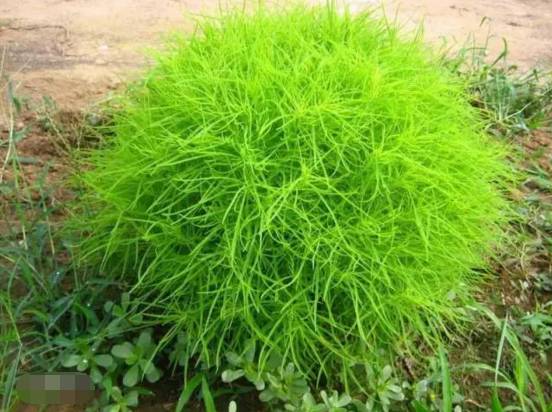
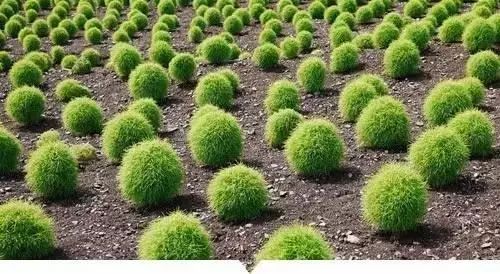
13、地肤草 (Difu): Also known as broom grass or broom seedlings, it grows in large clumps and can adapt to various sandy, gravelly, and clayey soils, commonly found in forests, wastelands, field edges, and roadsides.


14、益母草 (Yimucao): Commonly found in the wild, but it is surprisingly a famous herb for treating gynecological diseases. It grows abundantly in summer and is harvested before full bloom. It has a bitter and cool taste, invigorates blood, dispels stasis, regulates menstruation, and reduces water retention, treating irregular menstruation, threatened miscarriage, difficult labor, retained placenta, postpartum blood collapse, abdominal pain from stasis, excessive bleeding, hematuria, and dysentery.
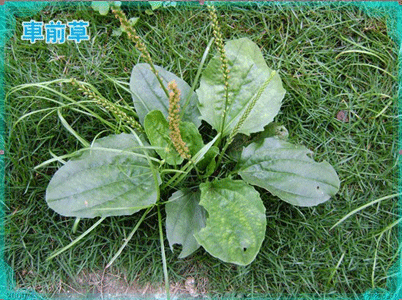
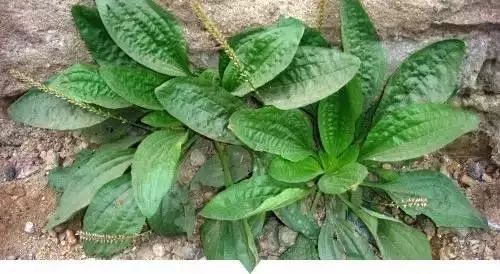
15、车前草 (Cheqian): Cold and drought-resistant, it has low soil requirements and grows well in warm, humid, sunny, sandy, and fertile soil. Like Yimucao, it is also a common Chinese medicine.
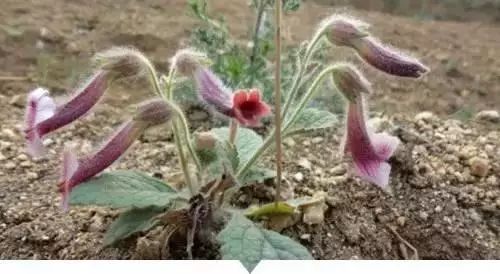
16、地黄 (Dihuang): A famous Chinese medicine, named for its yellowish-white underground tuber. Its root is one of the traditional Chinese medicines, first recorded in the “Shennong Bencao Jing”. Depending on the processing method, it is classified into fresh, dried, and cooked Dihuang, with significant differences in medicinal properties and effects. According to the “Zhonghua Bencao”, fresh Dihuang is a heat-clearing and blood-cooling medicine, while cooked Dihuang is a tonic. Dihuang flowers in early summer, with large clusters of pale red-purple flowers, making it quite ornamental.

17、决明草 (Juemingcao): Also a Chinese medicine! Juemingzi is its seed!
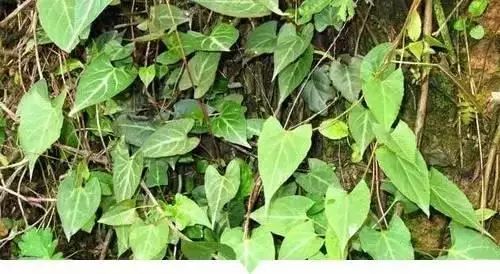
18、何首乌 (Heshouwu): Another Chinese medicine, and one of the most mythologized plants, almost as famous as ginseng. Zhang Guolao became immortal after consuming its tuber.
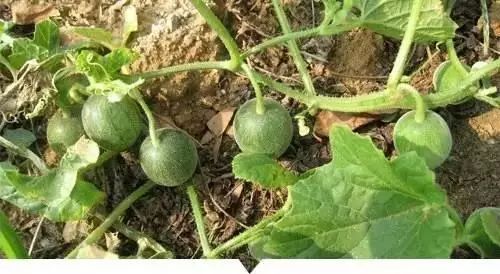
19、马泡 (Mapao): Most rural children have eaten this, right? The melons come in large and small sizes, the largest resembling a goose egg, and the smallest like a button. The taste can be fragrant, sweet, sour, or bitter.

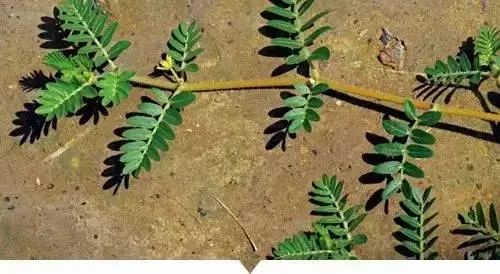
20、蒺藜 (Zhijie): One of the important “weapons” of childhood, but little did we know it is also a medicinal herb. The fruit can be used to calm the liver, brighten the eyes, disperse wind, and invigorate blood.
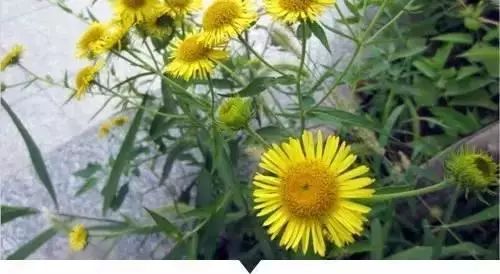
21、旋复花 (Xuanfuhua): Also a medicinal herb, resembling wild chrysanthemum, also known as donkey grass or hundred-leaf grass. In childhood, we often tied it into a bunch, as it looked beautiful.
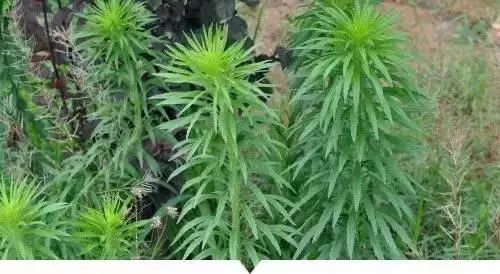
22、小飞蓬 (Xiaofeipeng): Not unfamiliar, right? It is also a medicinal herb!
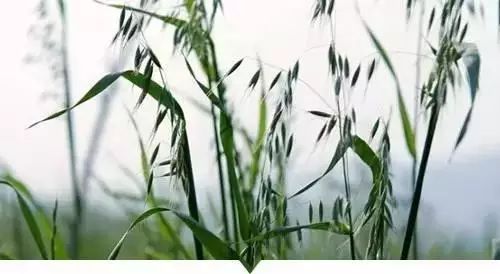
23、野燕麦 (Yeyanmai): Also known as bell oat, it looks like oat but has little use.
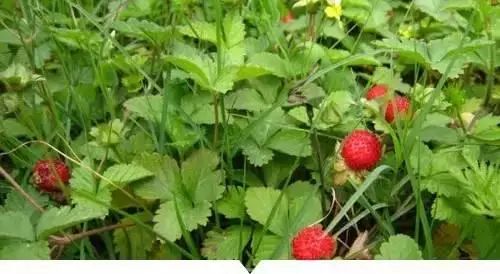
24、蛇莓 (Shemmei): Looks like wild strawberries, but it is called snake berry and is a medicinal herb for treating snake bites.
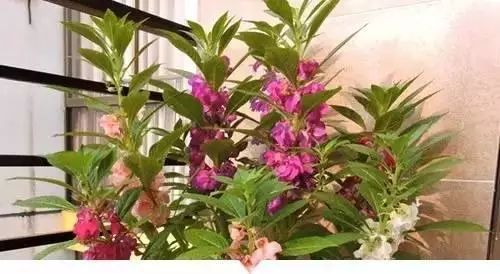
25、凤仙花 (Fengxianhua): I wonder if you believed this rumor as a child: that crushing it and applying it to your nails would dye them. Anyway, Yuanyuan really did that.
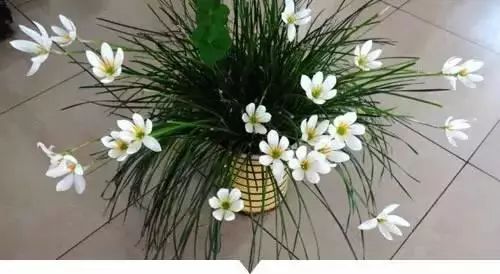
26、葱兰 (Conglan): Frequently seen, but I never knew its name until I searched online and found out it is called “Conglan”.
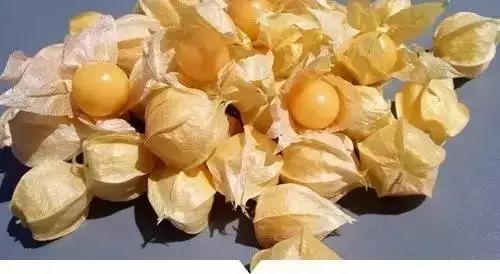
27、灯笼果 (Denglongguo): In some places also called flower girl, the ripe fruit is sweet and sour, very delicious. It is still sold today, but it lacks the sweet taste of childhood; it is not that it has changed, but our taste buds have changed.
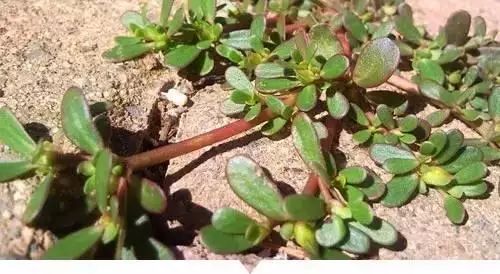
28、马齿苋 (Machi): Also a medicinal herb; of course, animals love to eat it, and so do people. However, animals should not eat too much, as it can cause diarrhea.

29、灰灰菜 (Huihuicai): One of the famous edible wild vegetables, mixed with flour and then steamed, it is incredibly delicious.
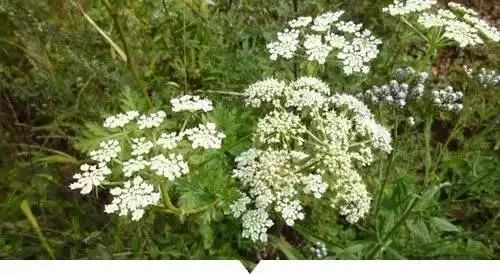
30、蛇床子 (Shechuangzi): Umbrella-shaped small white flowers, also a famous medicinal herb, known for its aphrodisiac properties.
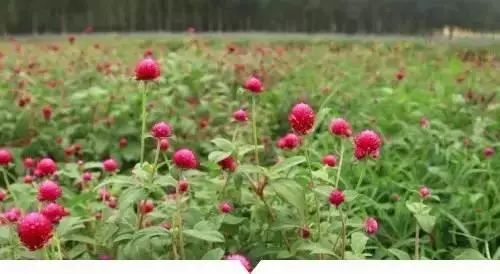
31、千日红 (Qianrihong): Also known as hundred-day red or fireball flower, it is an annual erect herb of the amaranth family, growing 20-60 cm tall; flowering and fruiting period is from June to September. The flowers are brightly colored and glossy, and they do not wither after drying, hence the name thousand-day red.
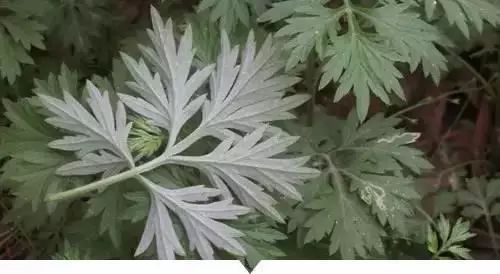
32、艾蒿 (Aicao): Mugwort, the whole herb is used medicinally, with effects of warming the meridians, dispelling dampness, scattering cold, stopping bleeding, reducing inflammation, relieving asthma, stopping cough, calming the fetus, and having anti-allergic properties.
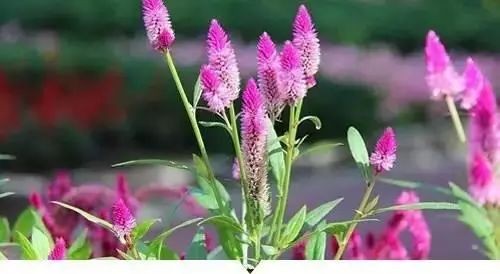
33、野鸡冠花 (Yejiguanghua): Brightly colored, but not as beautiful as cultivated varieties.

34、鸭跖草 (Yazhecao): Has small blue flowers, very special. It is also a common medicinal herb, with a sweet and slightly bitter taste, and a cold nature. It can clear heat, detoxify, and promote diuresis. It is a good medicine for reducing swelling and promoting urination, as well as clearing heat and detoxifying.
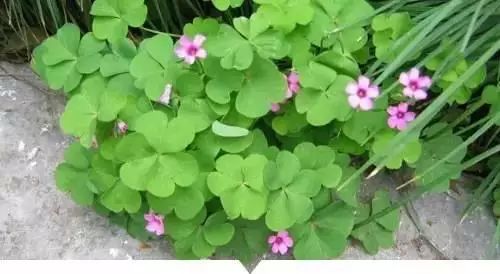
35、红花酢浆草 (Honghuacujingcao): Also a medicinal herb, it clears heat and detoxifies, disperses stasis and reduces swelling, and regulates menstruation. Used externally for treating snake bites, bruises, carbuncles, and burns. Widely planted in gardens, it can be arranged in flower beds and borders, suitable for large-scale planting as ground cover and for intercropping, and is also good for pot cultivation.



